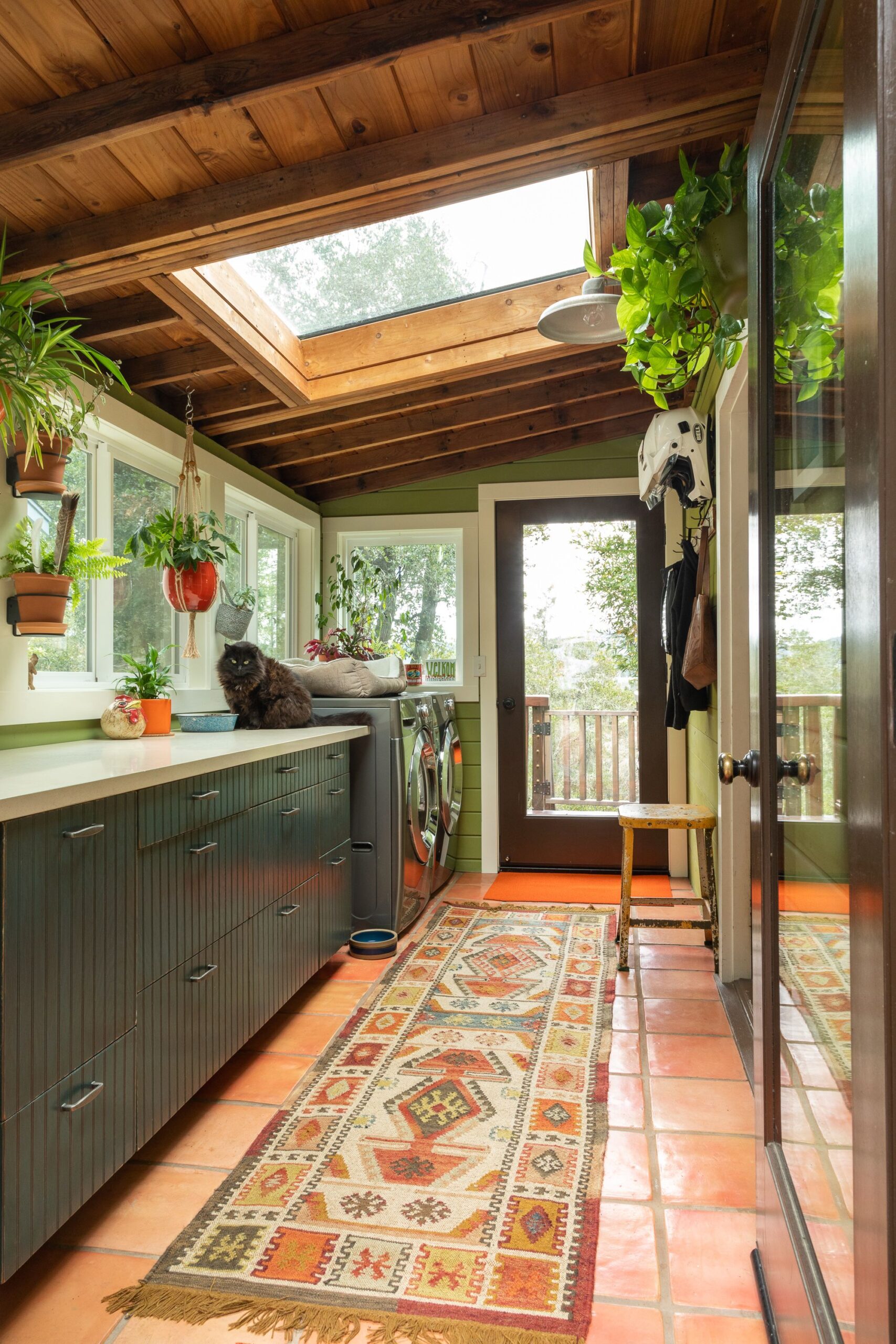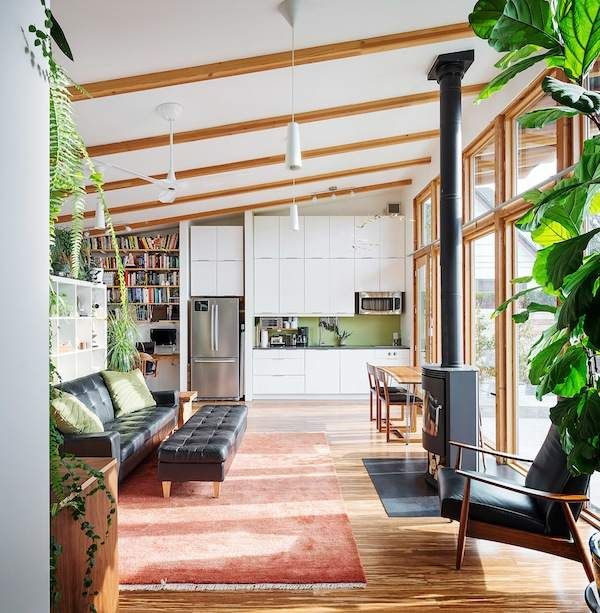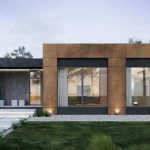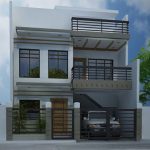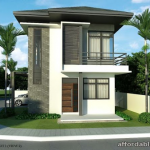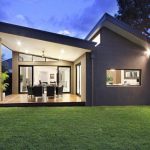Small house design has become increasingly popular in recent years as people look for more affordable and sustainable housing options. By choosing to live in a smaller space, homeowners can reduce their carbon footprint and save money on both construction and maintenance costs. Additionally, small house design offers a more intimate and cozy living environment, making it ideal for individuals or couples looking to downsize or simplify their lives.
One of the key principles of small house design is maximizing space efficiency. This can be achieved through thoughtful floor plans, creative storage solutions, and multi-functional furniture. By carefully planning the layout of a small home, homeowners can make the most of every square foot and create a comfortable and functional living space. For example, building vertical instead of horizontal can help optimize space and create a sense of openness in a small house.
Another important aspect of small house design is incorporating natural light and ventilation. By strategically placing windows and using skylights, small homes can feel larger and brighter. Natural light not only creates a more pleasant living environment, but also reduces the need for artificial lighting, which can help save energy and lower utility bills. Additionally, proper ventilation is essential in small spaces to prevent humidity and maintain indoor air quality.
When it comes to small house design, simplicity is key. Clutter can quickly make a small space feel cramped and chaotic, so it’s important to prioritize minimalism in both decor and furnishings. Choosing a neutral color palette, streamlined furniture, and clean lines can help create a sense of openness and tranquility in a small home. By keeping things simple and uncluttered, homeowners can make the most of their living space and create a more relaxing atmosphere.
Small house design also encourages outdoor living. With limited indoor space, homeowners can expand their living area by incorporating outdoor spaces like patios, decks, or rooftop gardens. These outdoor areas can serve as extensions of the home, providing additional space for relaxation, entertaining, or gardening. By blurring the lines between indoor and outdoor living, small house design can create a more seamless and connected living experience.
In conclusion, small house design offers a practical and sustainable alternative to traditional housing. By maximizing space efficiency, incorporating natural light and ventilation, embracing simplicity, and valuing outdoor living, homeowners can create a comfortable and functional home in a smaller footprint. Whether it’s a tiny house on wheels or a compact urban apartment, small house design can provide a sense of freedom, simplicity, and connection to the natural world.
 bebadesign Interior Design Ideas
bebadesign Interior Design Ideas
